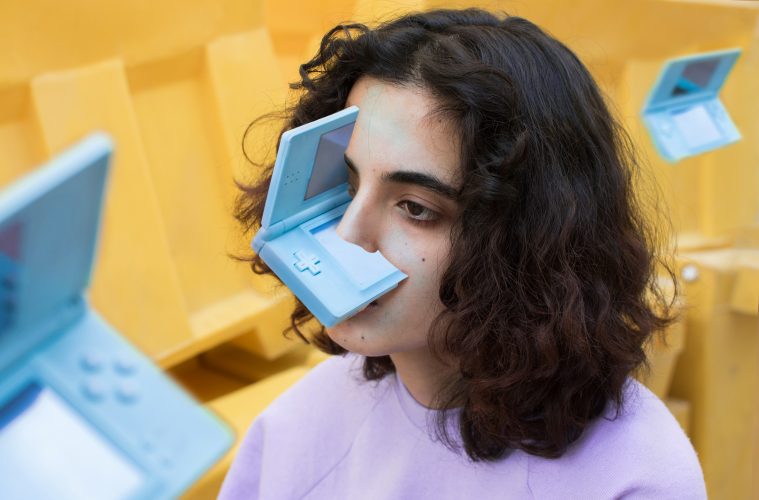Words by Ali Atakay
Photographs by Omar Sha3
Modeled by Miramar
Art work used: From band Adonis official videio “A’da”. (Directed and Illustrated by Omar Khouri. Animated by Alaa Fleifel.)
This article is part of the “Hopefully Tomorrow” issue
Internet-mediated socialization is not new for LGBTQI+ people; dating apps and meeting websites have been part of the daily life of queers for a long time. However, this has been augmented since the outbreak of Covid-19, which has hit the entire world in every possible sense. Touch has become smooth and technological now that we are largely unable to go out or socialize beyond the household, and are physically distanced from loved ones; we see others mostly through screens. The dominance of the virtual over the physical in daily life has produced different ways of imagining social experience and bodily perception. Additionally, as social interactions have been reduced to technological devices and we turn to online spaces (ie. dating apps, Zoom gatherings, social media), our perception of our body in a given space has also changed.
How has the extensive use of “mobile” technologies in times of “immobility,” such as the pandemic lockdowns, affected previous distinctions between virtual and physical spaces?
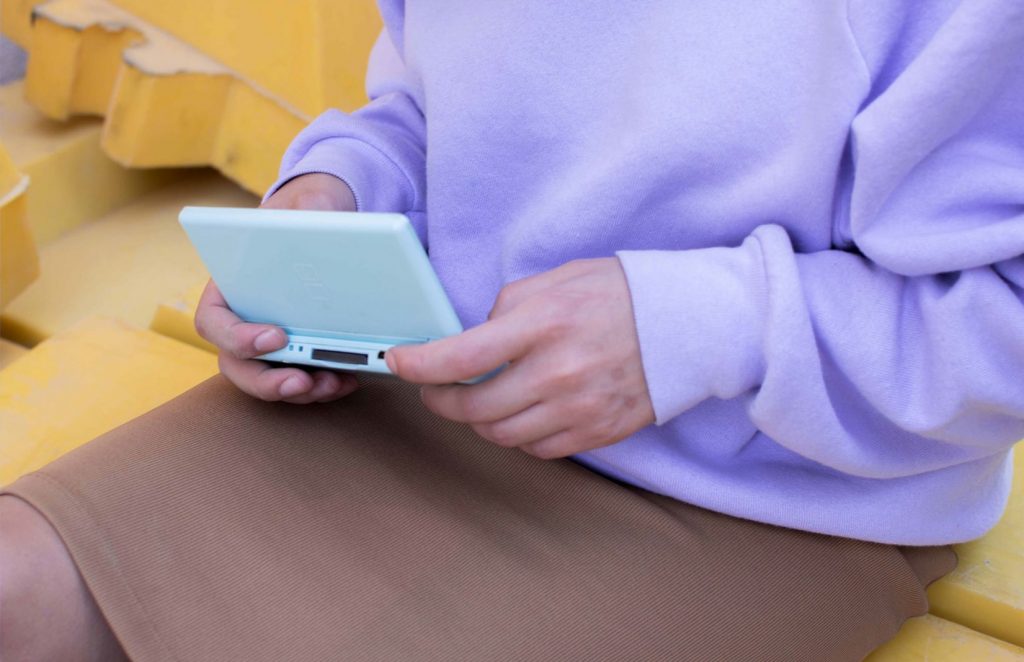
Photographs by Omar Sha3. Modeled by Miramar
Pursuing this question, I conducted online fieldwork with LGBTI+ people who were actively using dating apps and socializing online. The personal narratives that emerged from interviews I conducted during the global lockdown from March through May 2020 indicate that, for many, the Covid-19 crisis and the precarity of prolonged solitude have caused a radical shift in how people perceive physicality and bodies and have culminated in a state of desolation that many LGBTQ+ individuals now face. More specifically, these interviews reveal the complex challenges of a worldwide crisis and how LGBTQI+ people continue to redefine the relationship between online and offline, public and private through their social media—notably dating apps in this case—in the coronavirus context.
Distant yet close
The restrictions required by Covid-19 lockdowns created a new perception of the physical and spatial reality. Aytug, the 22-years-old student from Turkey, told me how he perceived the new measures of Covid-19,
I feel like we are living in a new world. I can only wander online. I’m home all the time. Everybody becomes so far but also so close online. I feel lonely and I’m always on the phone, talking or sending messages, connecting new people online to distract myself. Social media keeps me busy.
The reorganization of physical space has also transformed notions of proximity and distance within social structures. Physical distance created distance in how we experience emotions, sexuality, and affection, and our bodily capacity to understand these things. But, when physicality became “out of reach”, Aytug said, an oppositional relation between feeling close while keeping distance materialized.
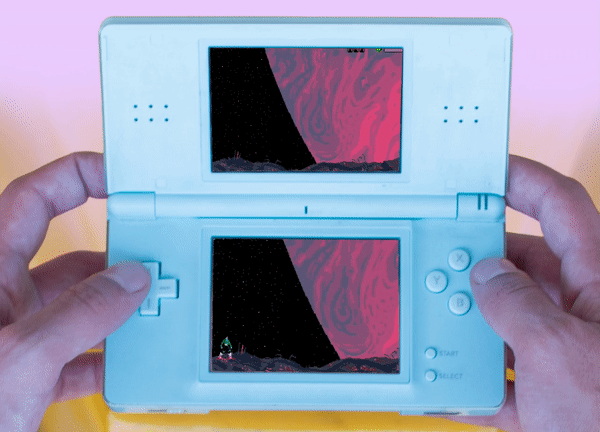
Photographs by Omar Sha3. Modeled by Miramar. Art work used: From band Adonis official video “A’da”
Stratified precarity and inhabiting the virtual
Socio-economic and political struggles have also impacted how we experience the pandemic, and thus the mediating role of technology. Emre, a 29-year-old from Turkey, echoed this changing understanding of the distance and proximity concerning the technology, saying,
I used to use my phone less. I used to check social media and dating apps less often. Sometimes I delete them all. Unfortunately, I was fired right before Covid. I was looking for a job and then lockdown happened… I had to move to my parents’ house, and we don’t get along well. They don’t really accept my life. I don’t leave my room, and I pass my time on social media and dating applications. I live on my phone. I feel like a robot. Both economic difficulties and having no social life at all make the lockdown and covid unbearable. Back then, I used to get some fresh air, meeting people but now I’m in front of the screen all the time. There’s nothing to do.
Still, many pushed to find new means of socialization and moving forward as new spatial limitations deprived many of movement during this multilayered crisis. As Emre’s account of virtual space suggests, there seem to be new modes of “inhabiting” virtual space and constructing the digital-self in a time of crisis.
The experience of living through screens shifts how we perceive our own bodies so that one comes to inhabit two spaces at once. When a person is forced to stay at home, their bodies bound to that space, the dichotomy between real and virtual blurs. The power of technology overcomes the boundedness of the house, extending the body inhabiting disembodied places. Bodies inhabiting different houses can converge and diverge in other contexts, redefining bodily limits and their expansion through technology. As Mehdi, a 23-year-old student from Tunisia, stated, “Thanks to technology, I invite people to my place on screen.”
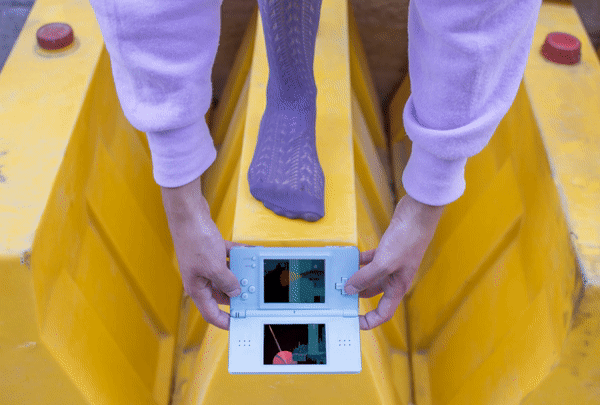
Photographs by Omar Sha3. Modeled by Miramar. Art work used: From band Adonis official video “A’da”
Experiencing “elsewhere”
The Covid “crisis of mobility” in a hyperconnected world has allowed for technologically mediated mobilities for socializing and browsing the world. 23-year-old Ramana from India shared that,
I was supposed to do an internship in Paris during these months. Seeing that I can’t move because of the Covid, I’m just browsing on Tinder to check Parisians. I’m at my parents’ place, but at least it feels like virtually I’m in Paris. Even though I can’t walk around the city, I can still chat with some people.
Elias, who was also supposed to move to Paris from Beirut, shared similar reflections on how tech allowed him to connect virtually.
I was supposed to be in Paris for some fashion and design projects. All is canceled, mes projets sont confinés [my plans are confined]. I meet Parisians on apps to see what it would be like if I stayed there. It’s an experience that I wouldn’t have had if there were no Covid. Listening to others like me helps me get through.
The virus forced us to experience all elements of our daily life from home; we live there like a phantom who is continually “elsewhere,” welcoming others in without opening the door of our house.
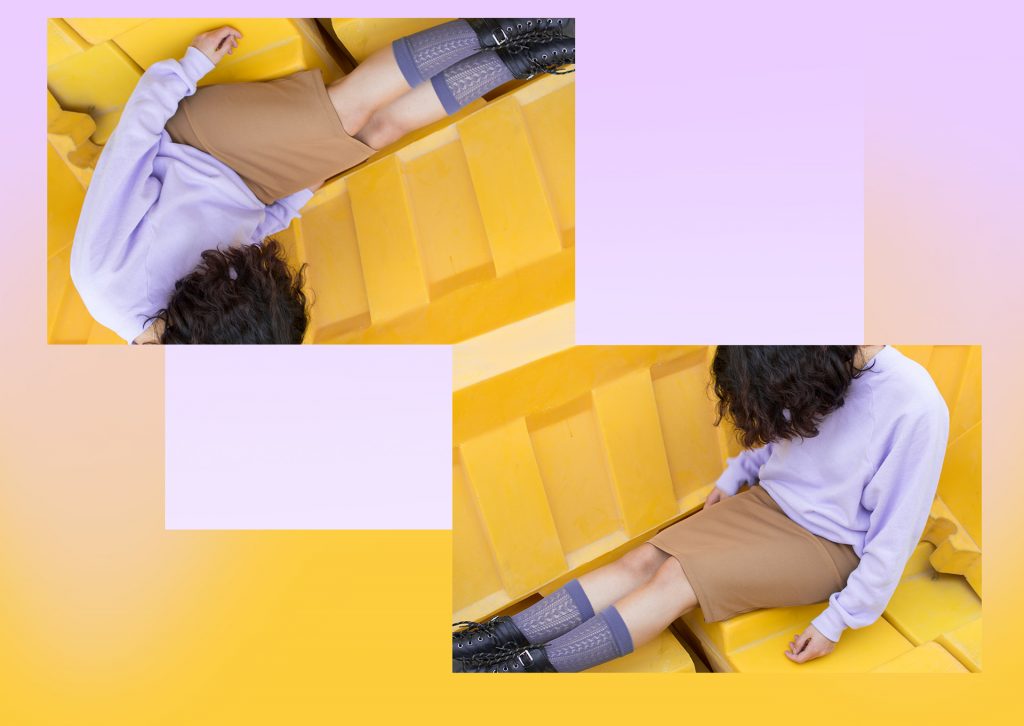
Photographs by Omar Sha3. Modeled by Miramar.
Regardless of any personal reason for browsing during the pandemic, dating apps have become an ephemeral space to meet and socialize digitally and transnationally, and to exchange personal life experiences during a period of total isolation. The dichotomies between online and offline, virtual and real, technological and physical, are blurred by the cyborg mode of living during the pandemic.
The virus does not need authorization to circulate across local and global scales. Technology and the virus’s contagion have reshaped how we understand bodies and the perceived proximity between them in the absence of physical sociability, and have altered how we conceptualize spacetime and our cybernetic subjectivities that wander in online heterotopias.

